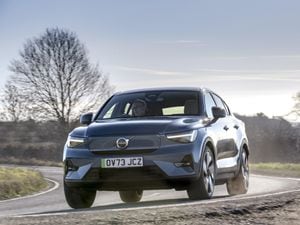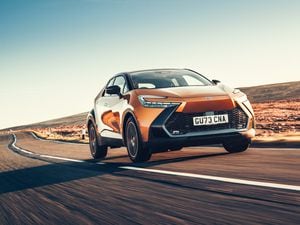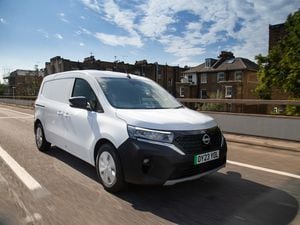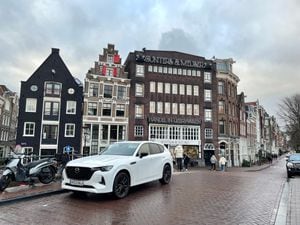First Drive: The BMW 330e iPerformance brings premium quality to the hybrid market
Everyone’s offering electrified versions of their most popular models these days, and BMW is no different. Darren Cassey tests the new hybrid 3 Series.

What is it?
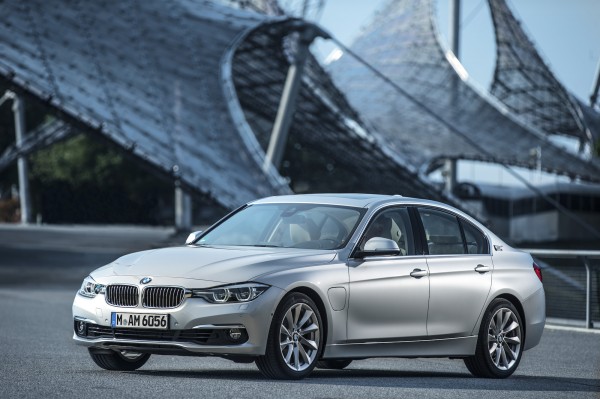
The BMW 3 Series has long been one of the top contenders for fleet drivers looking to pair badge appeal, practicality and a great drive. Those who traditionally defaulted to diesel might do well to give the 330e a chance – its low emissions result in a Benefit in Kind rating of just nine per cent.
It’s a plug-in hybrid, which means that if you have the ability to charge the battery each night it could cost very little to run, especially if you don’t drive very far.
What’s new?
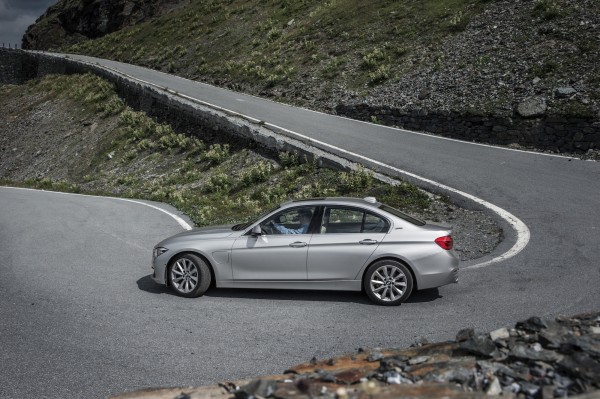
Those already familiar with the 3 Series will feel at home in the 330e – the interior is almost identical to what you’ll find elsewhere in the range, apart from a couple of hybrid-specific buttons. However, that hybrid technology is of particular interest because it opens up a new engine choice that’ll be very tempting to business users and those who do a lot of mixed-length trips.
What’s under the bonnet?
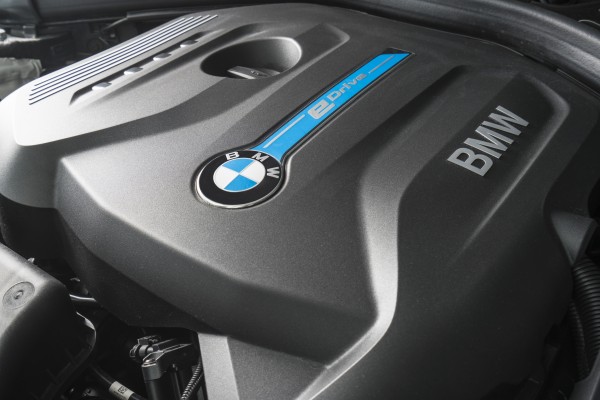
Power comes from a 2.0-litre turbo petrol engine and an electric motor. At low speeds when you’re running on pure electric it’s a pleasant experience thanks to the peace and quiet, but the motor is punchy meaning you can dart into gaps and out of junctions with ease.
And once the engine kicks in not a lot changes. If you’re not listening out for it you’ll barely notice you’re no longer running on electric alone, and thanks to the fact the electric motor works in tandem with the engine performance is decent too. There’s 248bhp on tap meaning that, in theory, you get economy and performance in equal measure.
However, it is rather reliant on you using it ‘properly’. In long distance driving we saw economy drop below 40mpg, but on shorter journeys with a fully recharged battery it’s feasible to see twice that.
What’s it like to drive?
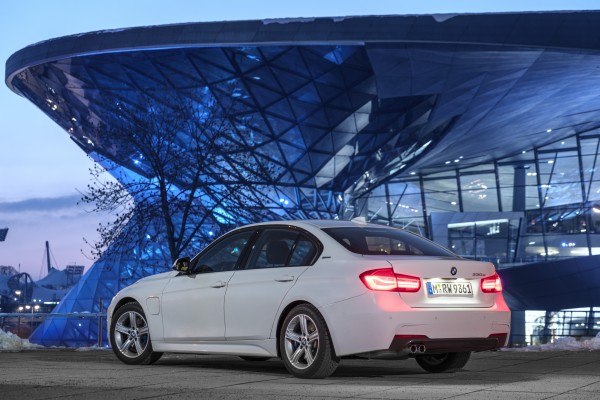
Generally, eco-focussed hybrids are pretty dull to drive. But there are plenty of manufacturers who use the electric motor to offer high performance thrills. With the 330e, BMW manages to tread the line between both camps pretty well.
With a fully charged battery working together with the 2.0-litre petrol engine, the 3 Series feels plenty fast enough and is more enjoyable to wring out than its diesel equivalents. It’s quite heavy on account of the batteries, but you can’t notice that out on the road.
How does it look?
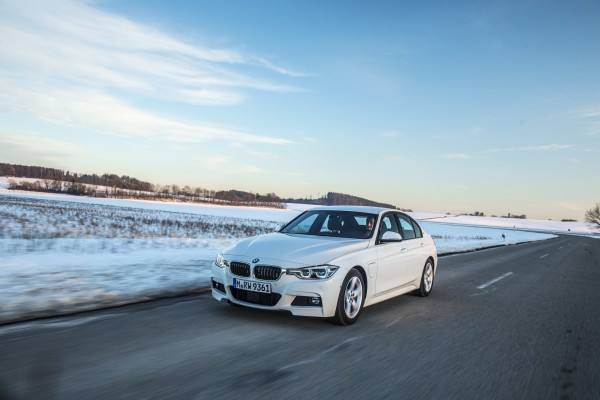
While many hybrids like to shout about their green credentials, the 330e goes for the subtle approach. The only way to tell from the outside is the ‘e’ badge on the rear, an e-drive badge behind the rear windows and the gate for the electric motor, which sits behind the near-side front wheel.
That means you get the typical BMW sophistication while flying under the radar with your penny pinching.
What’s it like inside?
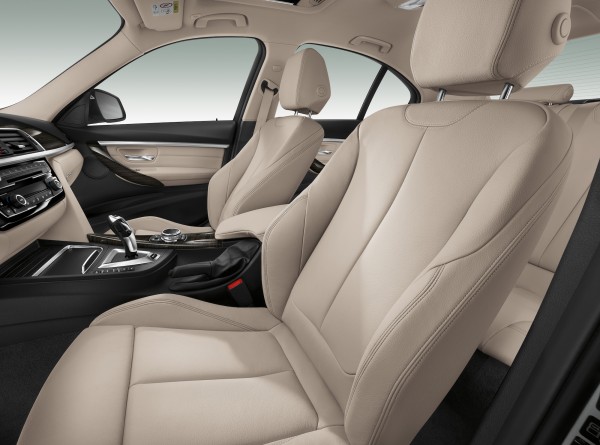
Inside, it’s standard BMW fare, which is by no means a bad thing. Our test car came with a blood red leather interior, which divided opinion but we loved. The dashboard is a quite simple design, and BMW hasn’t fallen into the trap of trying desperately to remove all buttons in the age of the touchscreen. It means the important dials remain and only lesser used items are relegated to the infotainment system.
What’s the spec like?
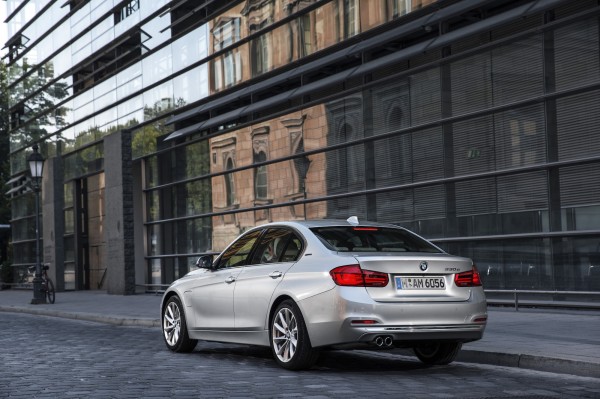
Because the cost of hybrid systems is quite high, it’s difficult for manufacturers to offer budget versions of their petrol-electric models. Therefore, the standard spec on the 330e is pretty lofty, with our car getting the M Sport treatment.
As a result, our test model came with 18-inch alloy wheels, leather upholstery throughout and LED lighting front and rear.
Verdict
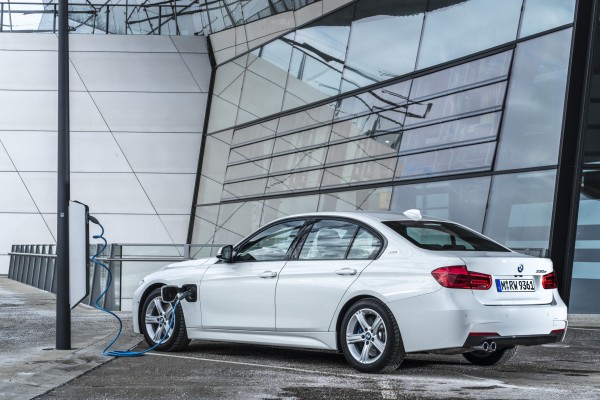
BMW has absolutely nailed the premium hybrid formula. With the 330e you get all that BMW refinement in an eco-friendly package. Add in the fact that it’s low-cost for business users and that it’s fantastic to drive and you’ve got a compelling buy. If you do regular, long motorway jaunts diesel might still be the better choice, but for mixed journeys the hybrid could be your new best friend.


